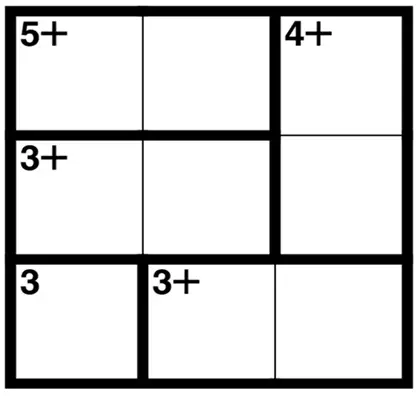As a former math teacher, I understand the importance of creating a stimulating and conducive learning environment for our students. A well-organized and inviting classroom can significantly impact student engagement and academic success. Here are some valuable tips for setting up your math classroom for the new school year, suitable for all grade levels:
Organize Your Space with Purpose
A well-organized classroom helps minimize disruptions and maximizes instructional time.
• Arrange desks or seating in a manner that allows you to move around easily and interact with every student. Regularly reassess and adjust the desk arrangement based on the dynamics of your class.
• Collaborative Clusters: Arrange desks in small groups to promote teamwork and communication. This setup is excellent for group activities, discussions, and peer-to-peer learning.
• U-Shape: Perfect for whole-class discussions and interactive lessons. This setup ensures all students can see and participate.
• Traditional Rows: Ideal for test-taking or focused individual work. This setup encourages students to stay on task and minimizes distractions.

• Arrange math supplies like calculators, rulers, and manipulatives in clearly labeled bins or shelves. Keeping supplies readily accessible helps students become more responsible and independent in their learning.
• Position your desk strategically to have a clear view of all students. This makes it easier for you to monitor progress and offer support when needed. Additionally, ensure that your teaching area is visible from all corners of the classroom. This way, students won’t miss any important demonstrations or explanations.
Collaborative Workspaces
Create math workstations that promote hands-on learning and collaborative problem-solving.
• For those students who may need extra help or reinforcement, designate a specific area as a Math Support Center. This inclusive approach will ensure that every student feels supported and valued in your classroom. For example: Schedule weekly “Math Clinic” sessions where students can drop by for one-on-one help or you can use this as your Tier 3 support.
• Create a “Math Challenge” station with brain teasers and math games of varying difficulty levels. These can be used as warm-up activities, early finisher tasks, or even for occasional fun Friday math game sessions. Games like “Sudoku,” “KenKen,” or “Math Bingo” can reinforce essential concepts while providing enjoyment.
• Implement a “Math Nook” with comfortable seating and a library of math-related books and puzzles, creating a relaxed space where students can explore math beyond the textbook. Some excellent options include “The Number Devil” by Hans Magnus Enzensberger or “Math Curse” by Jon Scieszka and Lane Smith.
Create a Math-Rich Environment
Make your classroom an exciting space that reflects your passion for math. Consider these ideas:
• Establish a dedicated “Math Wall” to display important concepts, formulas, and vocabulary. This serves as a visual reference for students throughout the year. Incorporate anchor charts for each unit, featuring step-by-step problem-solving strategies and key reminders.
• Create a math-themed ambiance in your classroom by displaying mathematical art and posters of famous mathematicians like Pythagoras and M.C. Escher.
• Demonstrate the relevance of math in everyday life by displaying real-world applications in your classroom. For example, create posters showcasing how math is used in architecture, cooking, sports, and financial planning. This approach helps students see the practicality of math and strengthens their appreciation for the subject.

Setting up your math classroom for the new school year requires careful planning and creativity. By implementing these tips and examples, you can create an engaging and enriching environment that fosters a love for mathematics and encourages students to excel in their mathematical journey. As a math teacher, you have the power to make a lasting impact on your students’ lives and inspire a generation of critical thinkers and problem solvers. From all of us here at National Geographic Learning and Big Ideas Learning, we wish you a successful and rewarding school year!

